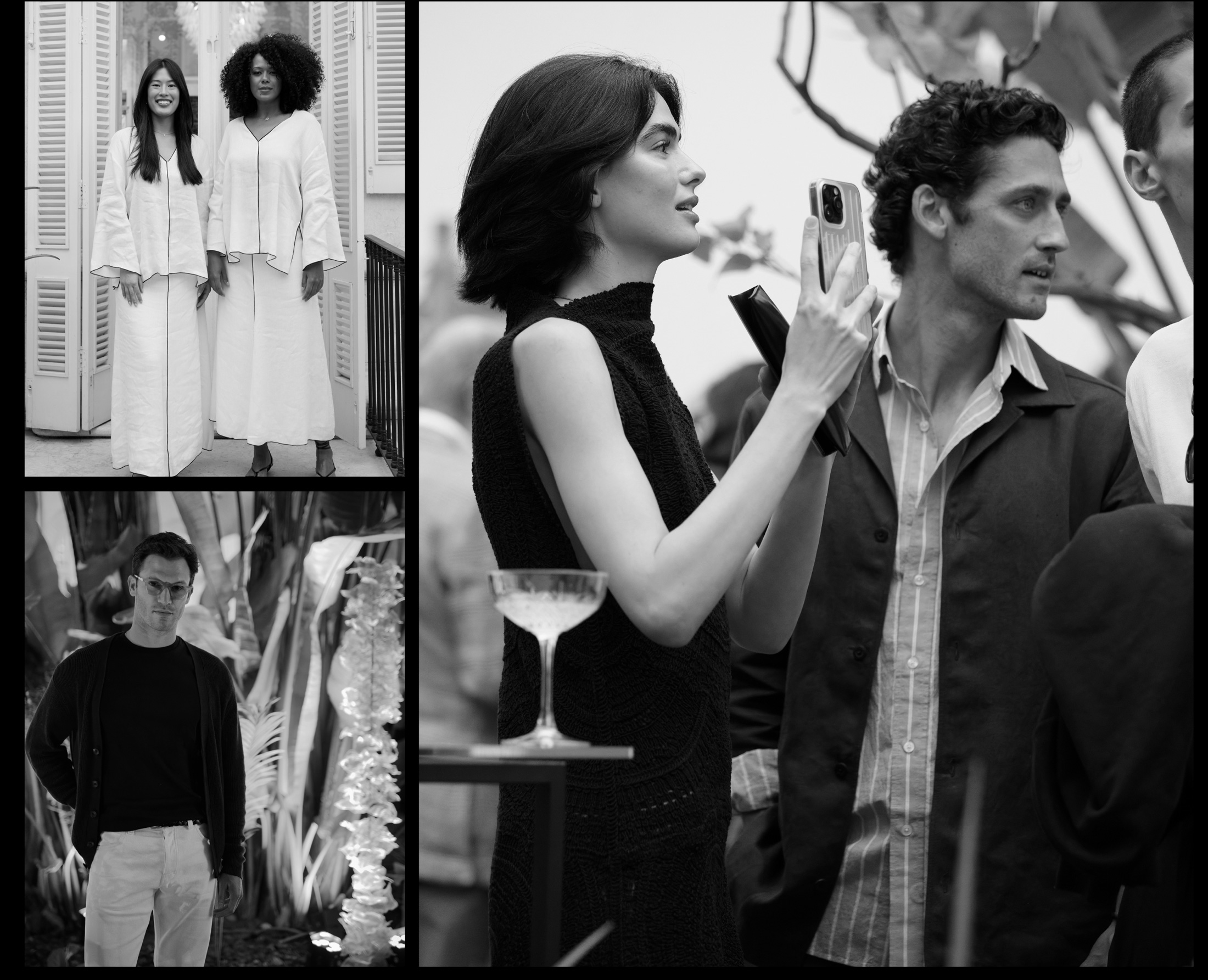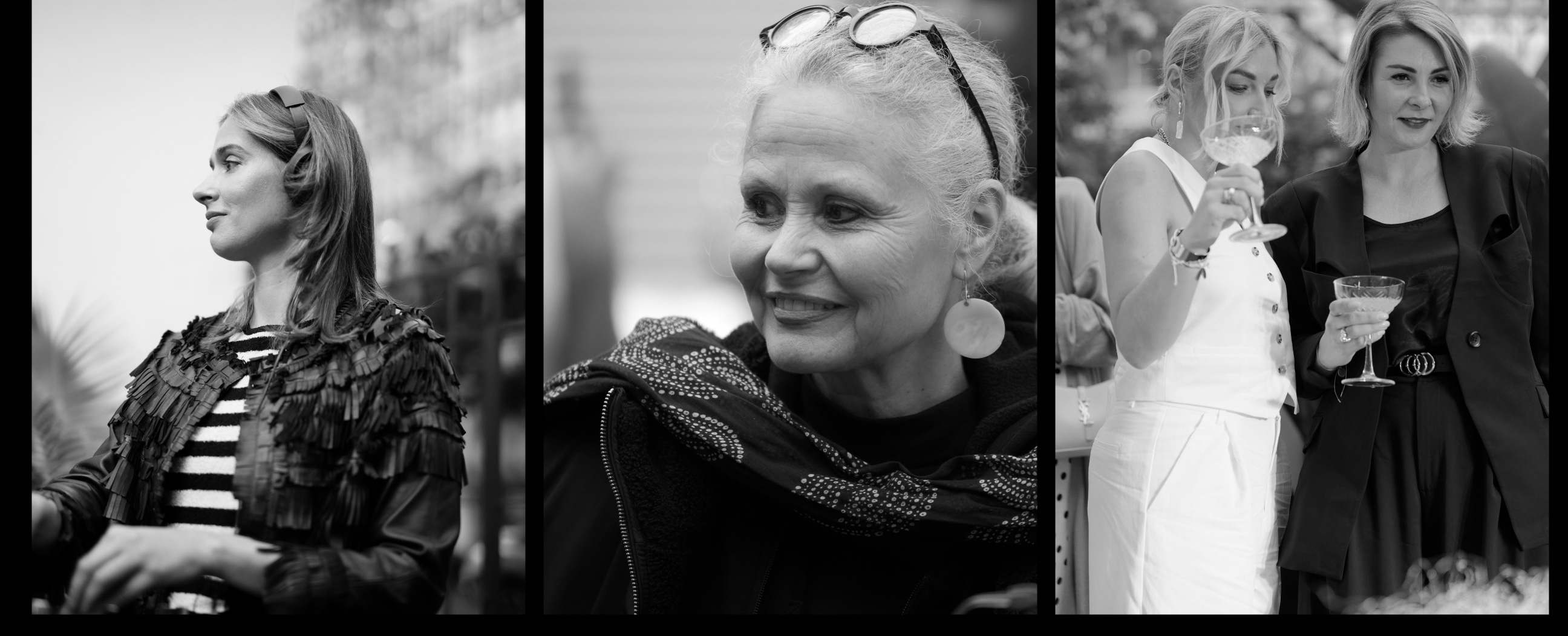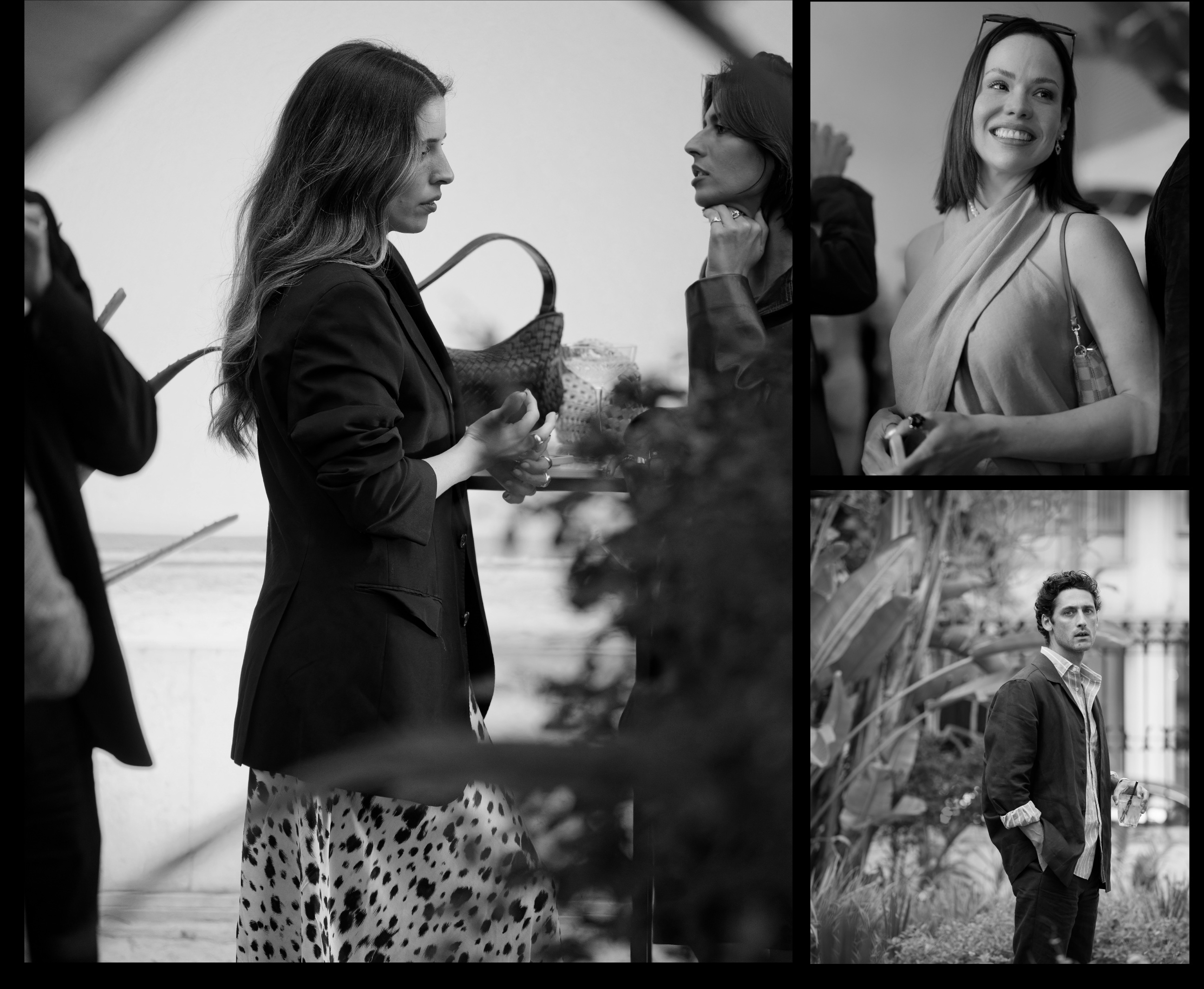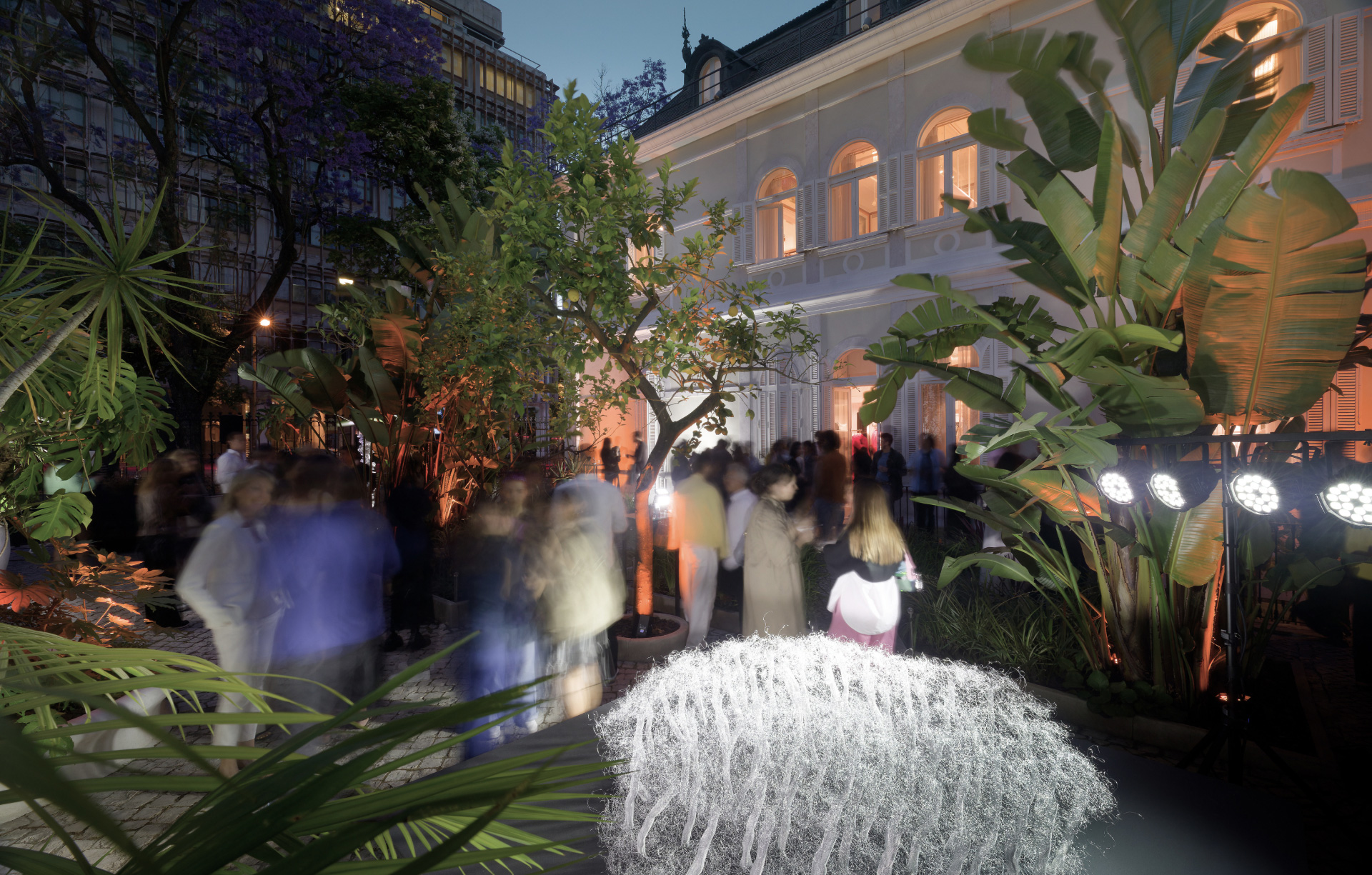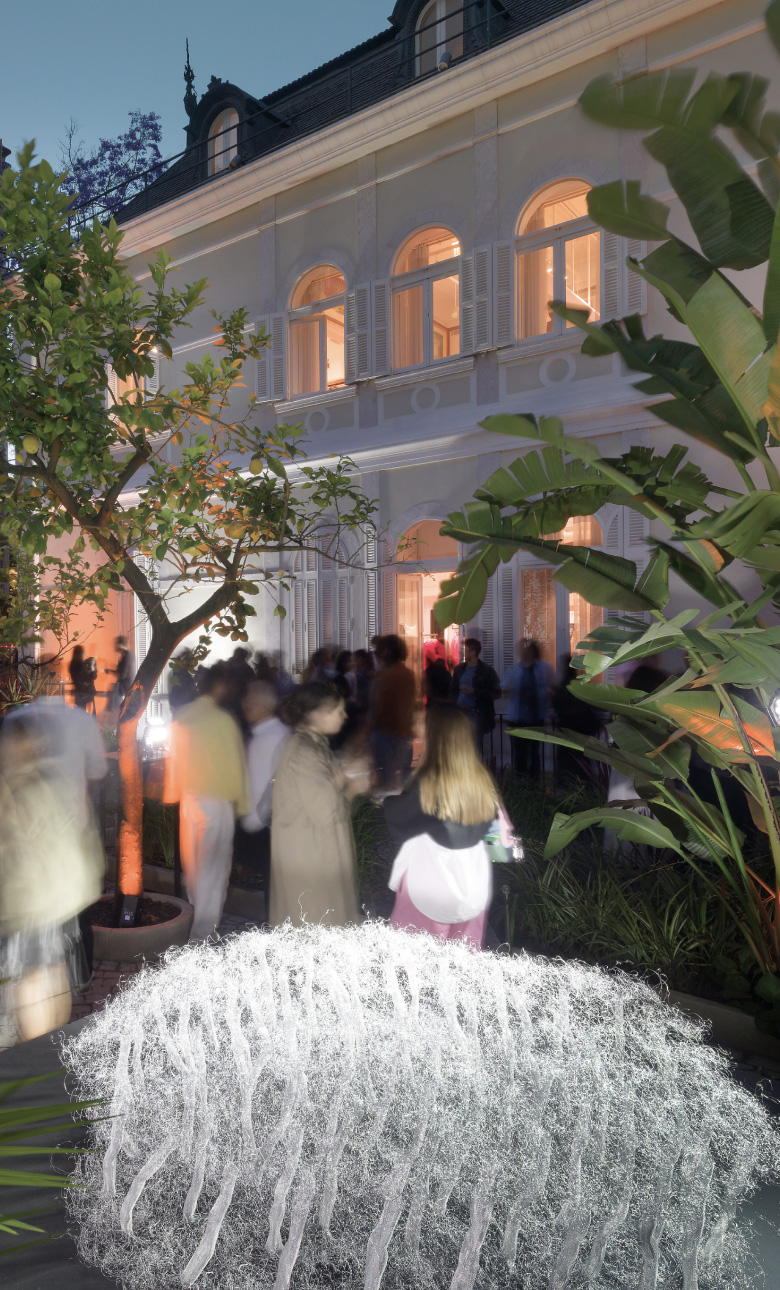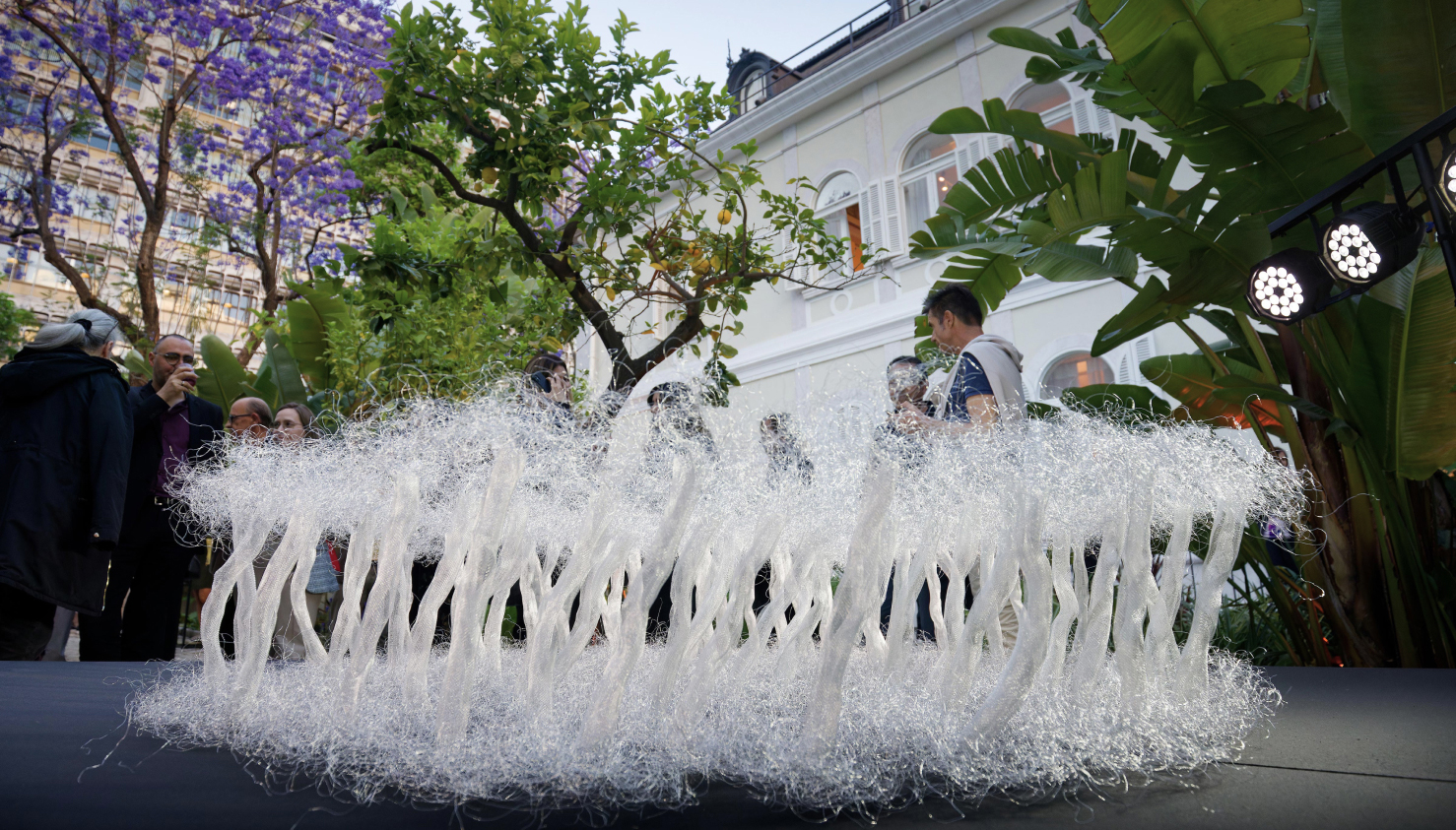Massimo Dutti’s ArtInProgress project was created with the mission of promoting the creativity of local artists from around the world.
Its latest collaboration has been with artist Ana Lima Netto, who has exhibited her work on the terrace of the flagship store in Lisbon.
ART IN PROGRESS
Ana Lima Netto
Lisbon
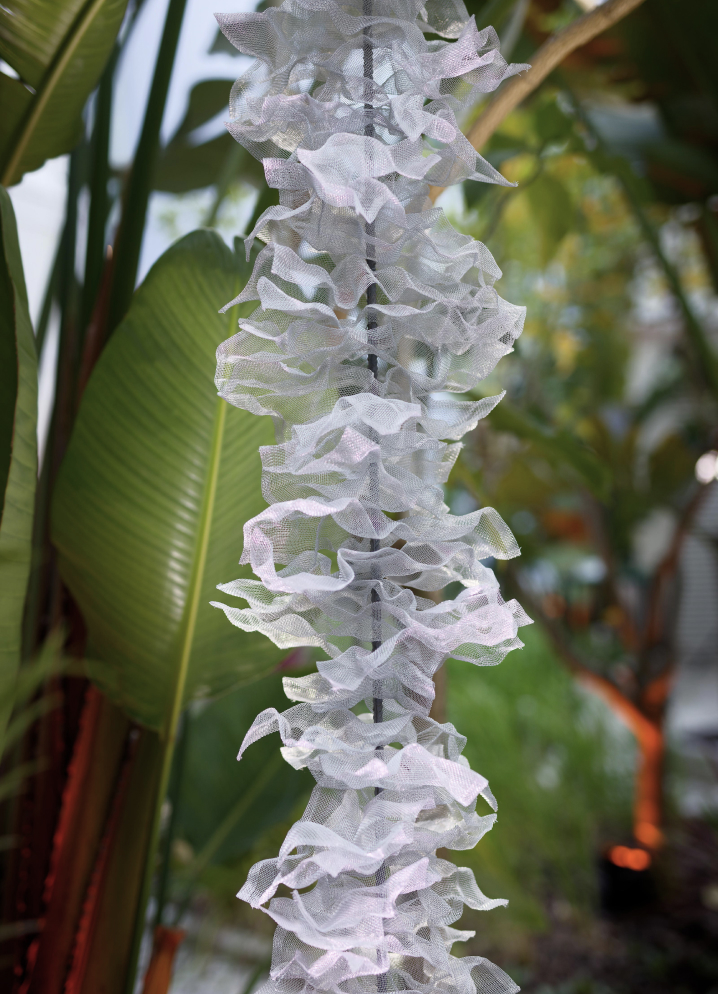
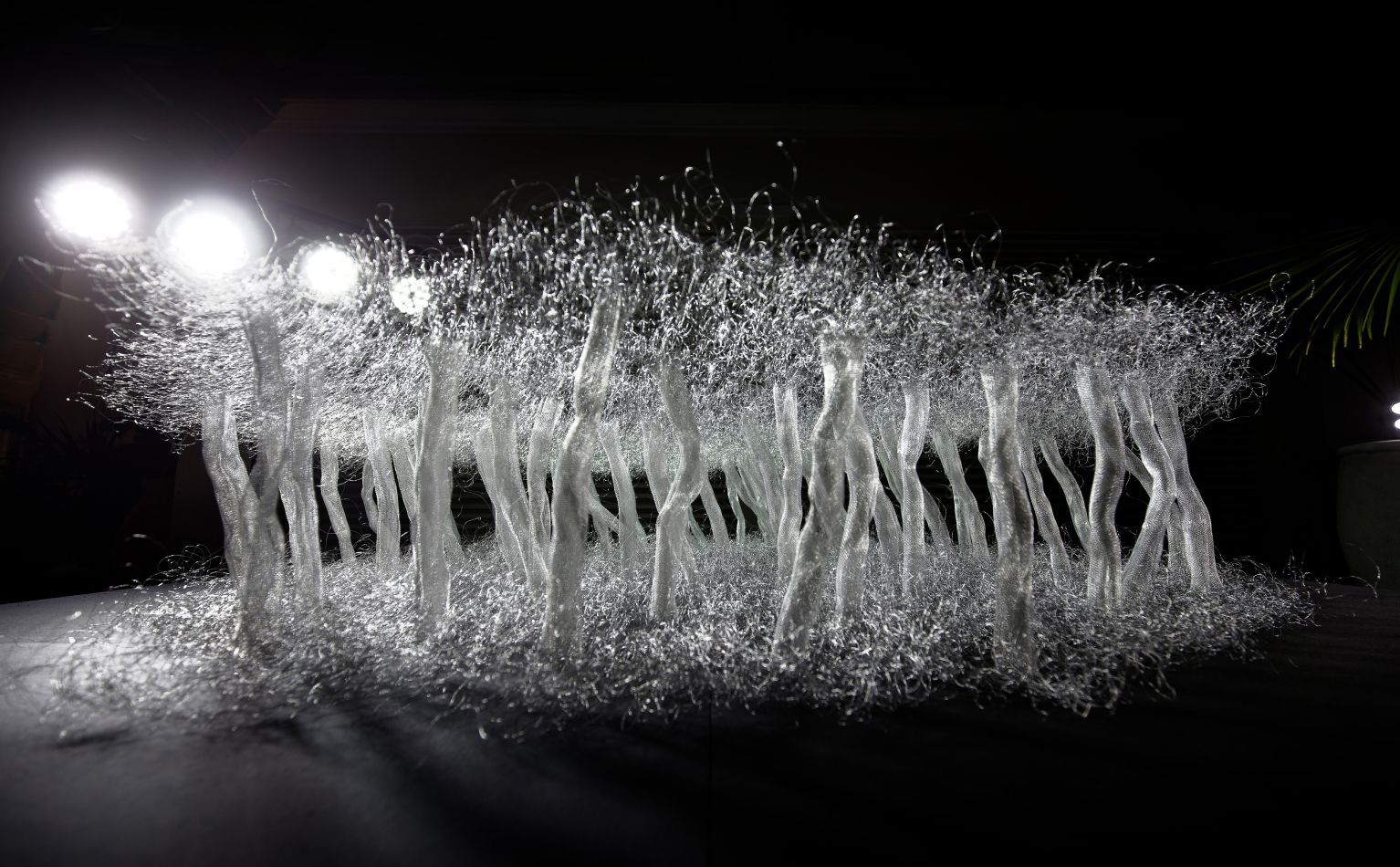
ANA LIMA NETTO
Born in Lisbon in 1960, she graduated in Architecture from the School of Fine Arts of the University of Lisbon (ESBAL) in 1985. She has held scholarships from the Institute of Contemporary Art and the Camões Institute. She has also been a Canson ambassador in Portugal since 2013. She has been a lecturer in contemporary art at the National Society of Fine Arts (SNBA) since 2015 and has been a member of its board since 2017. Her contributions extend to curating and speaking at art exhibitions for emerging artists at SNBA and several galleries, starting in 2020.
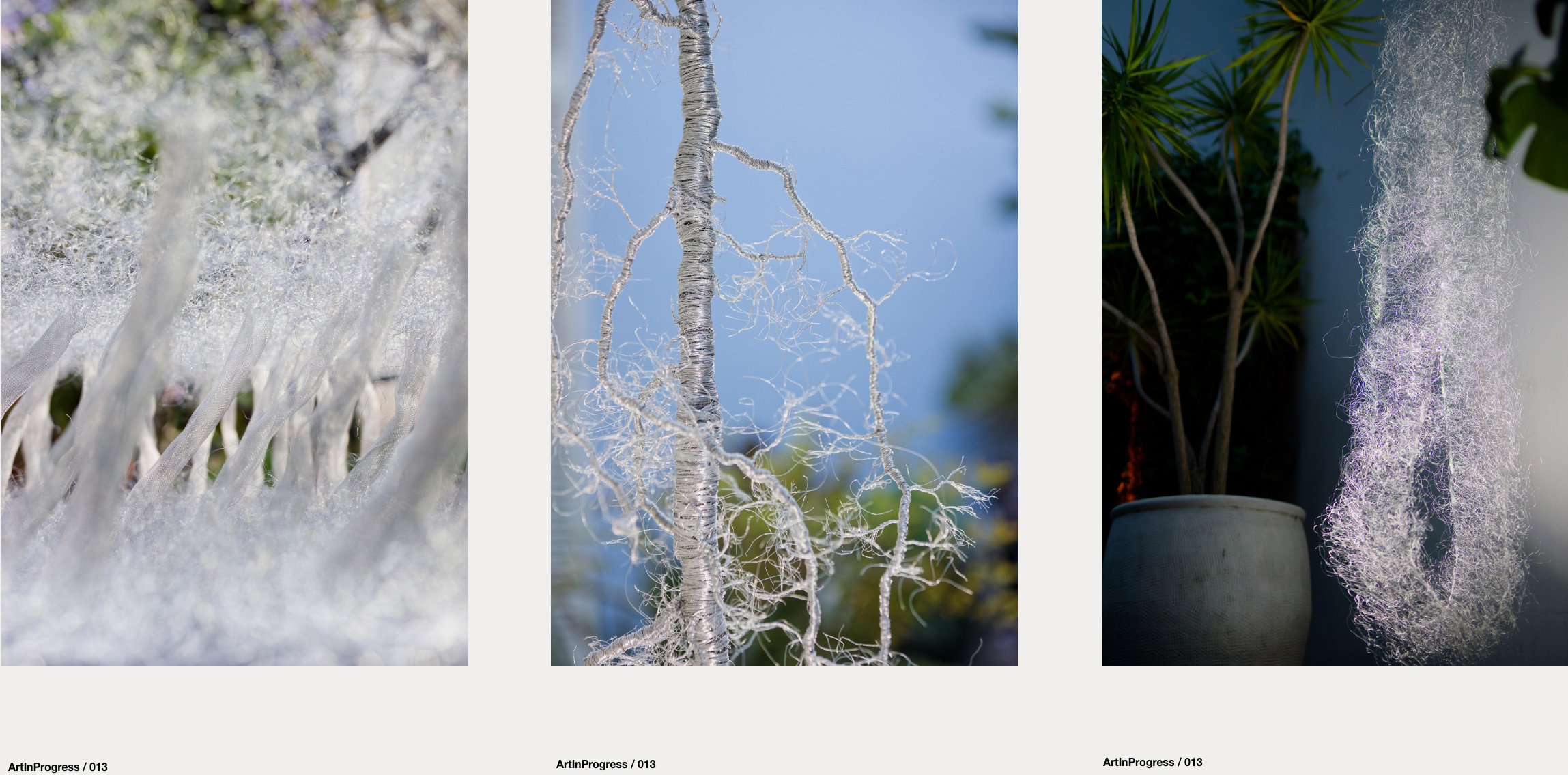
‘NEW
VISUAL
GRAMMARS
THAT APPEAL
TO THE
ARCHETYPES
OF THE
HUMAN
UNCONSCIOUS’.
ART IN PROGRESS
Ana Lima Netto
Lisbon
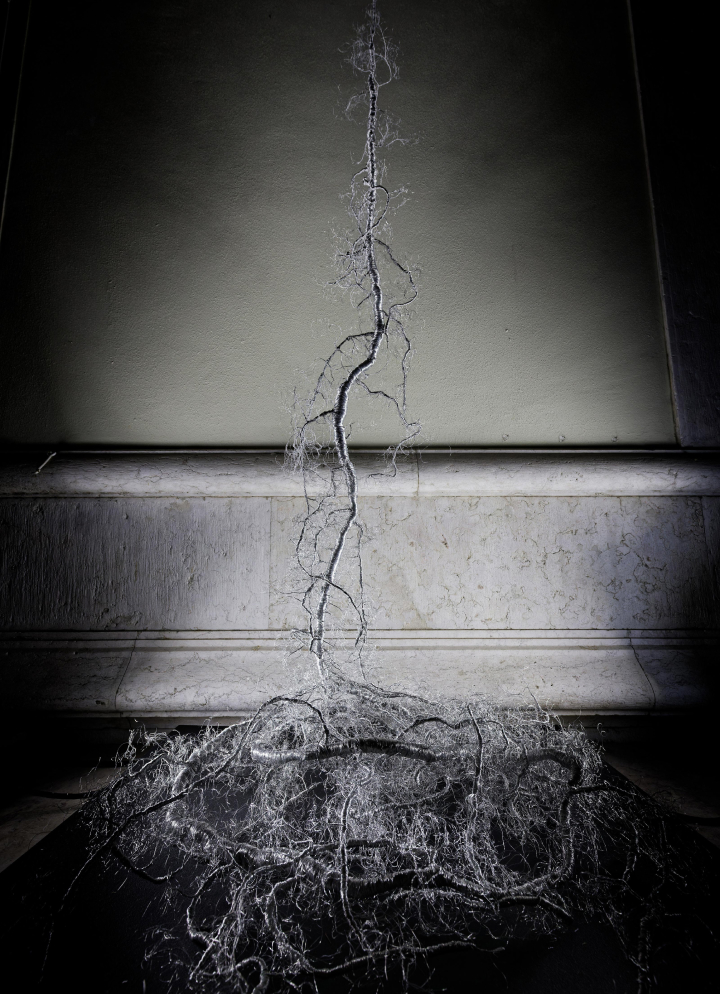
His work reflects on the meaning of life and its transcendence. It is an expression of her reflection on the multiplicity of events she experiences in the temporal space she inhabits, dominated by cycles, polarities and rhythms. In the construction of her creative process, Ana Lima Netto is interested in reading philosophical texts from Classical Antiquity, which deal with the objectives, relationships and tensions inherent in human nature, and which are deposited in the unconscious of each one of us, as well as in the foundations of all cultures, from the West to the East.
ART IN PROGRESS
Ana Lima Netto
Lisbon
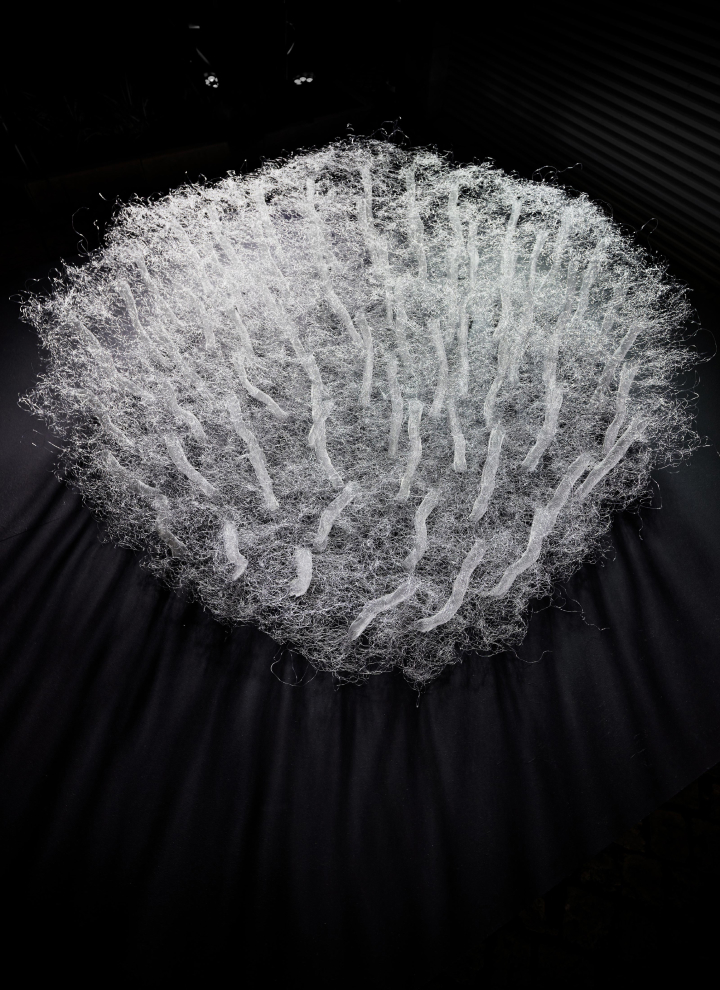
in store :
Visually, Ana Lima Netto’s work is a construction of drawings that develop in two- and three-dimensional space through different supports, media and disciplines (drawing, sculpture and installation) where the line is the common defining element of everything visible and invisible, in its multiple dimensions. To emphasise the theme, in the materialisation of his pieces, he uses shiny transparent materials, generally from construction sites or everyday realities, which he appropriates and deconstructs, decontextualising and subverting their original use, thus creating new visual grammars that appeal to the archetypes of the human unconscious.
ART IN PROGRESS
Ana Lima Netto
Lisbon
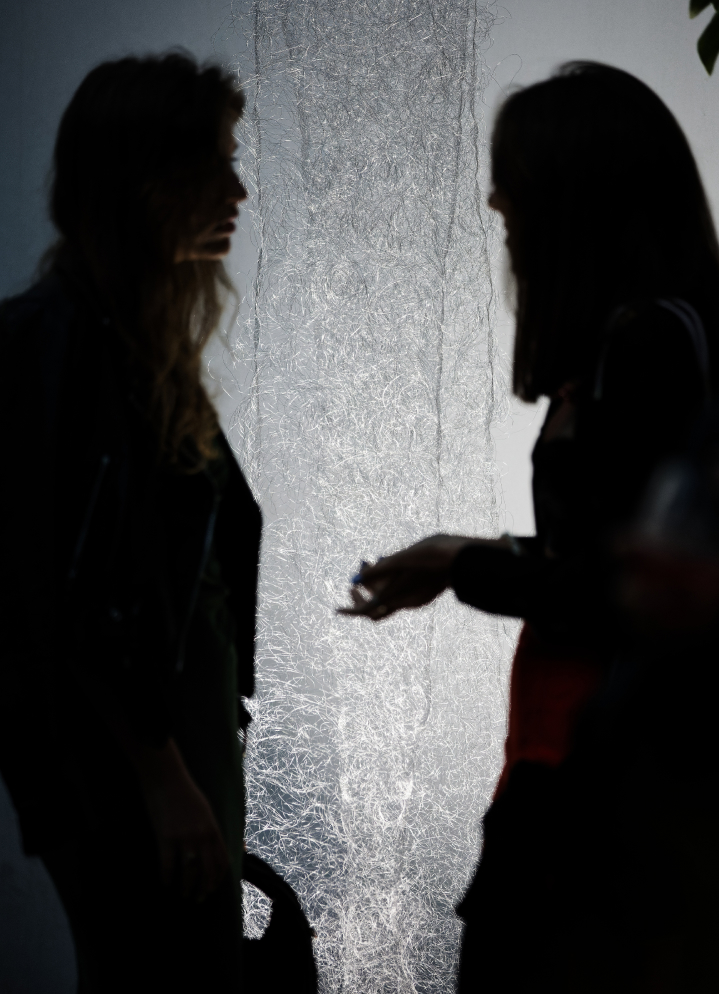
‘EVERYDAY
MATERIALS
DECONSTRUCTED
CREATE
NEW VISUAL
GRAMMARS’.
ART IN PROGRESS
Ana Lima Netto
Lisbon
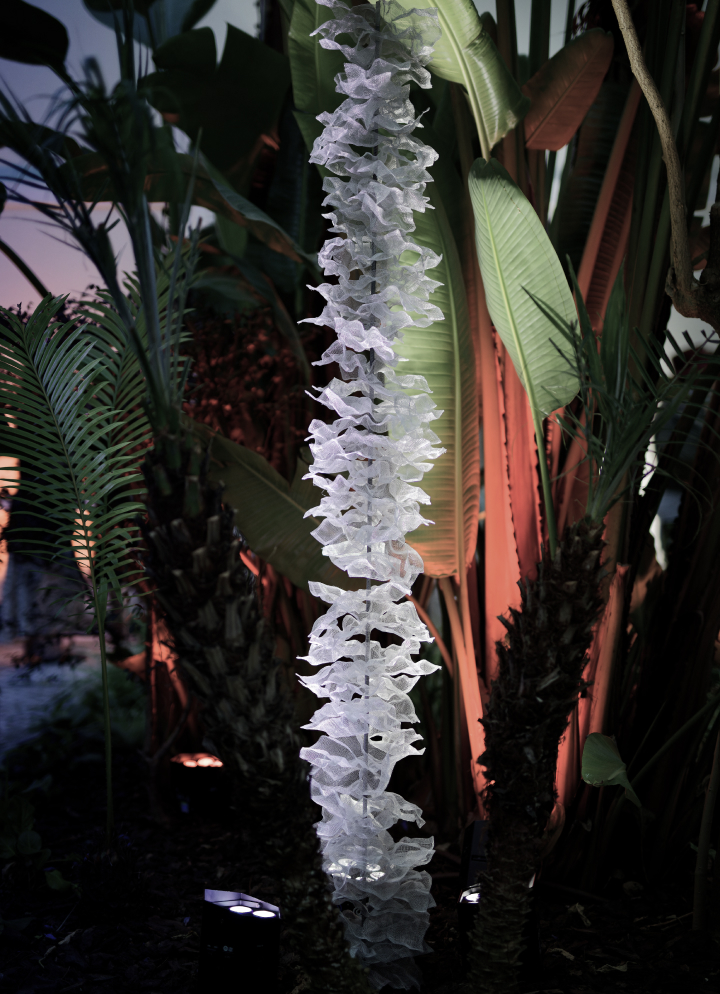
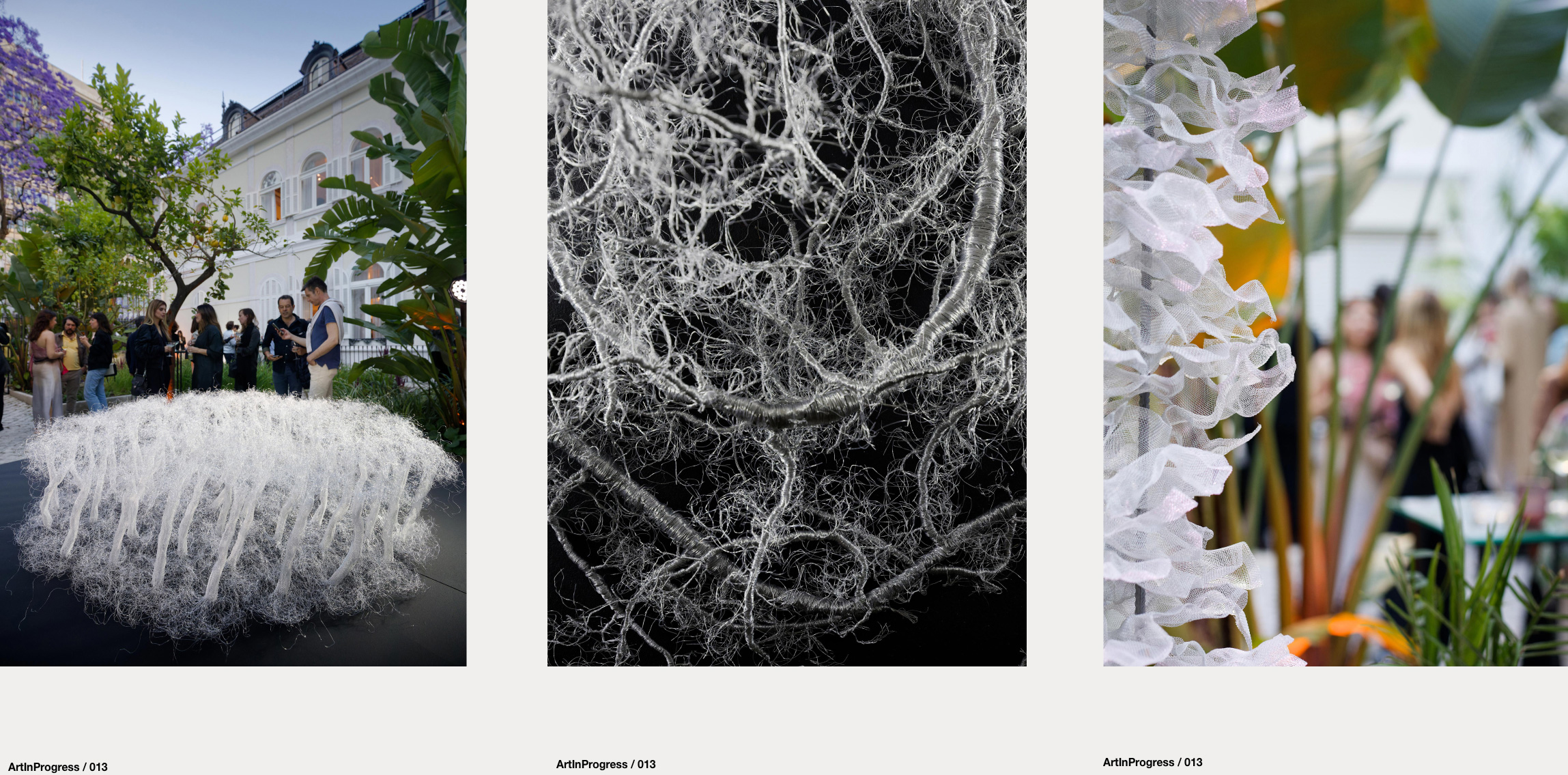
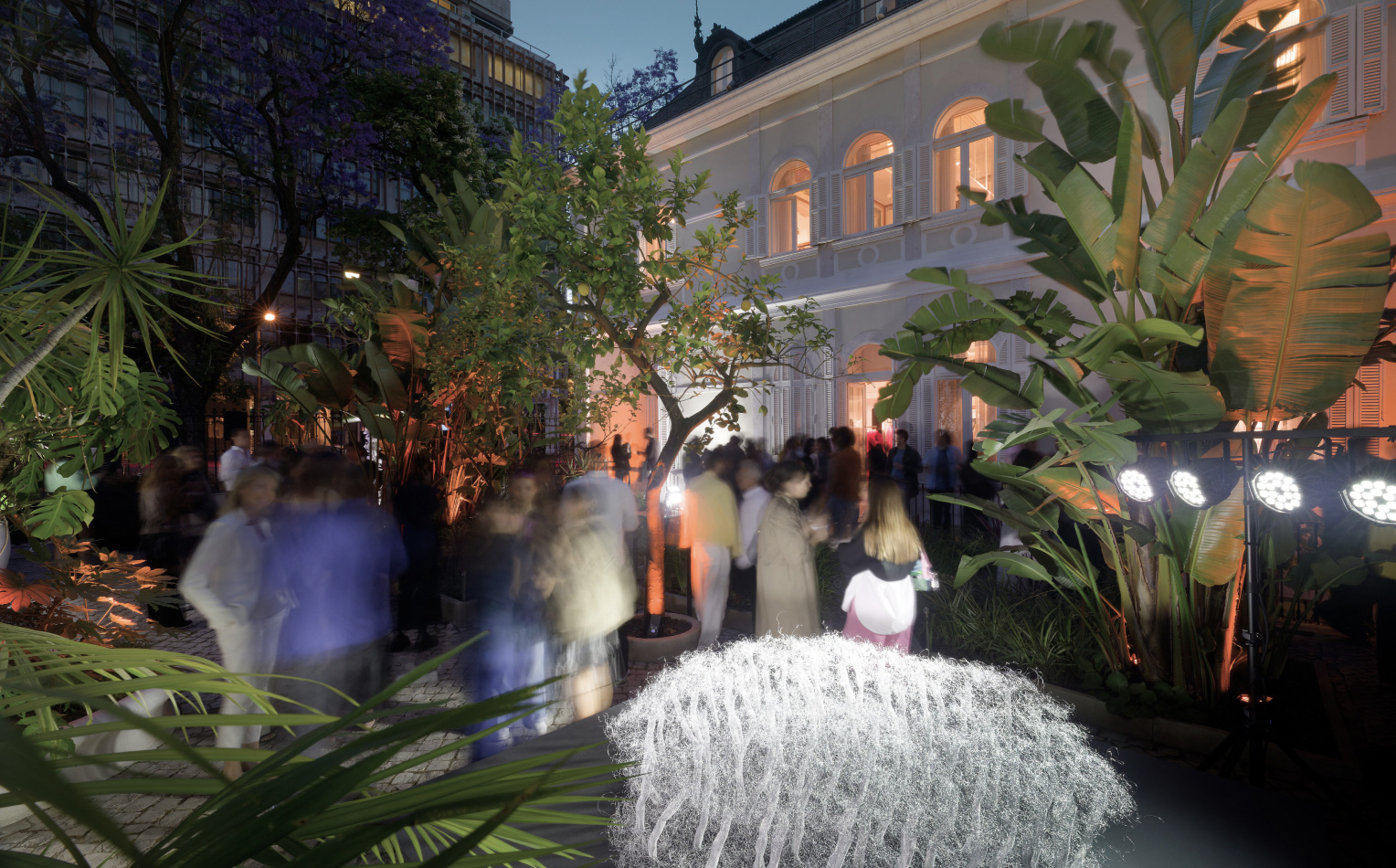
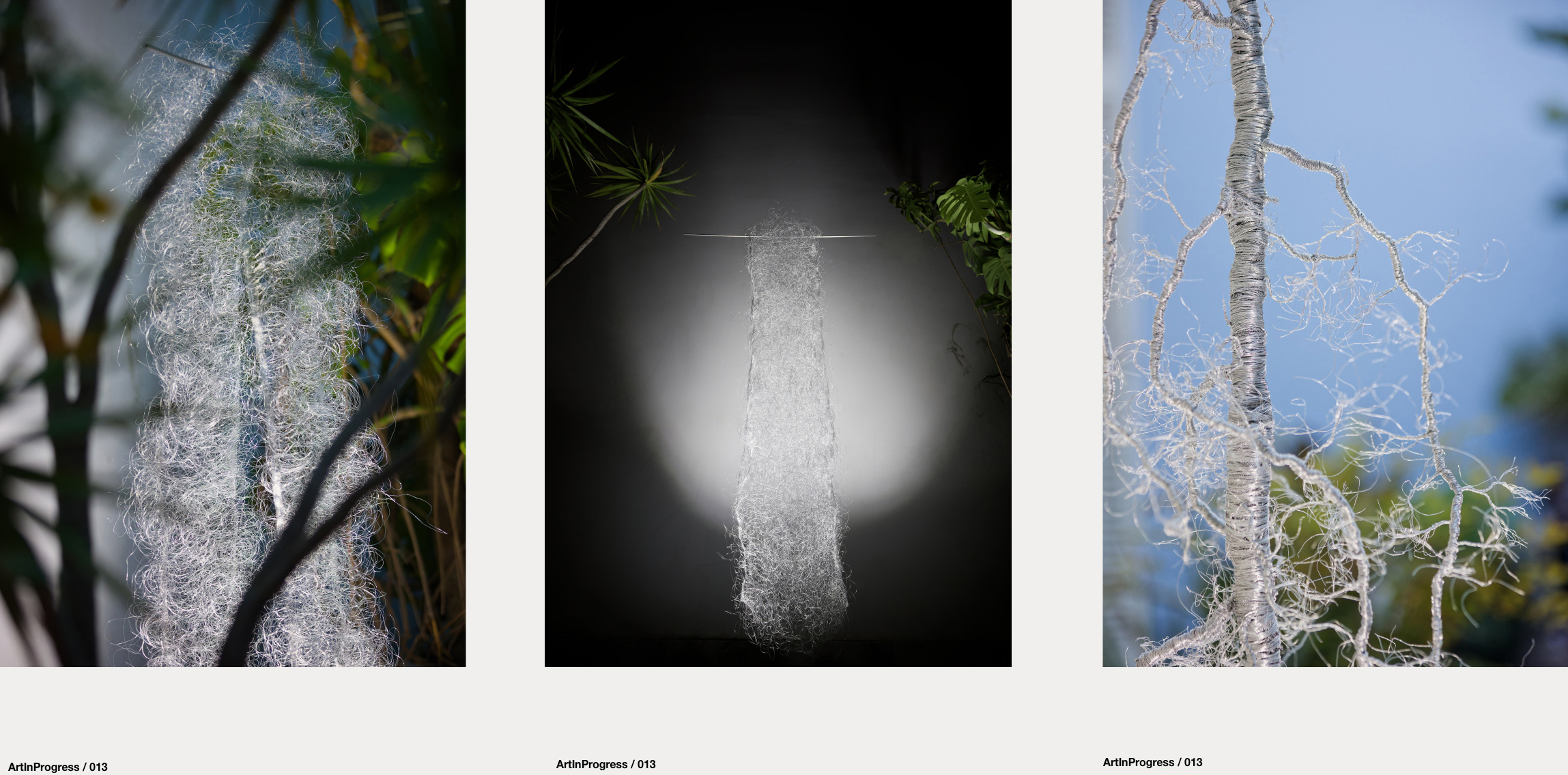
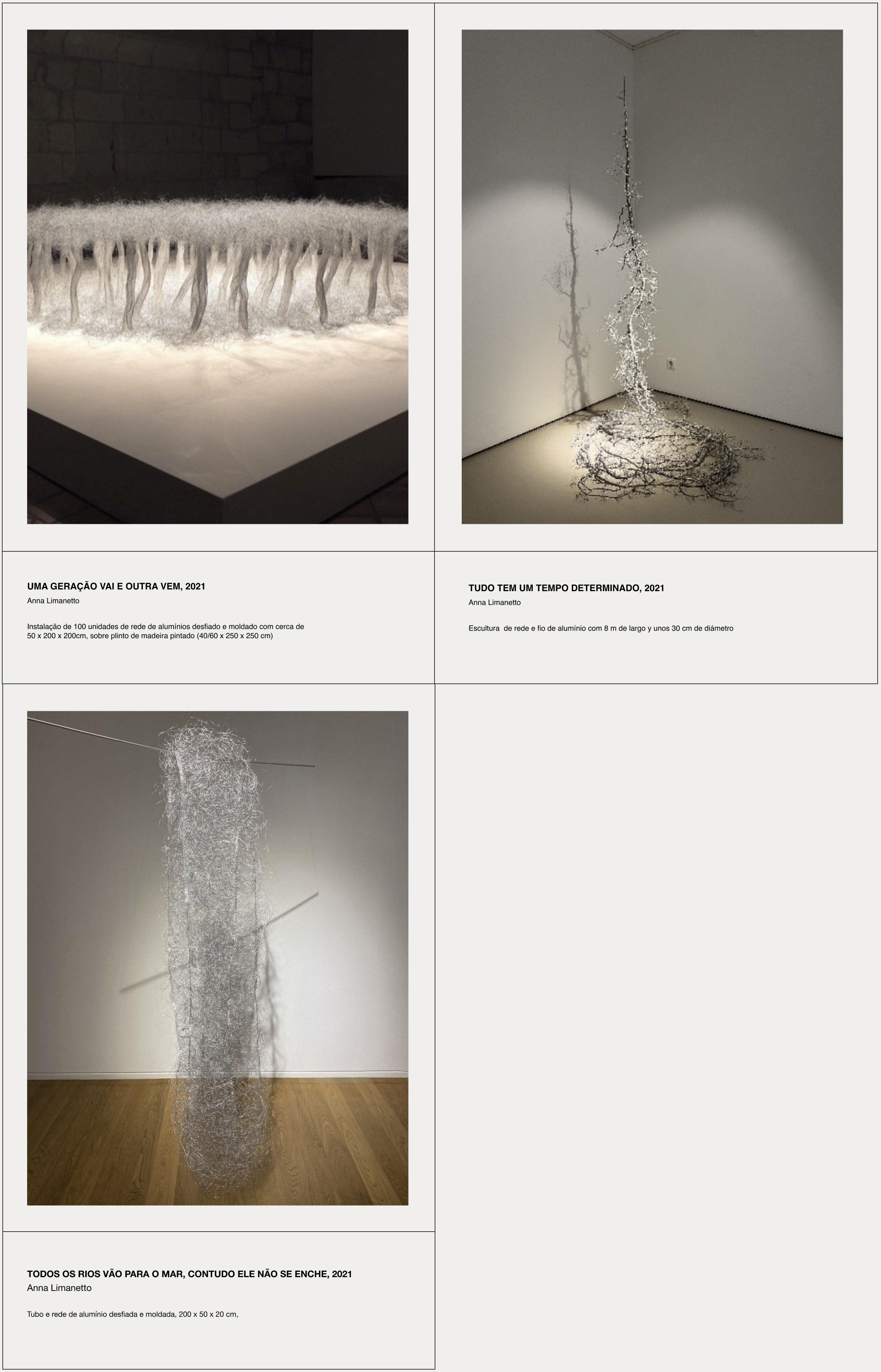
THE
PEOPLE
